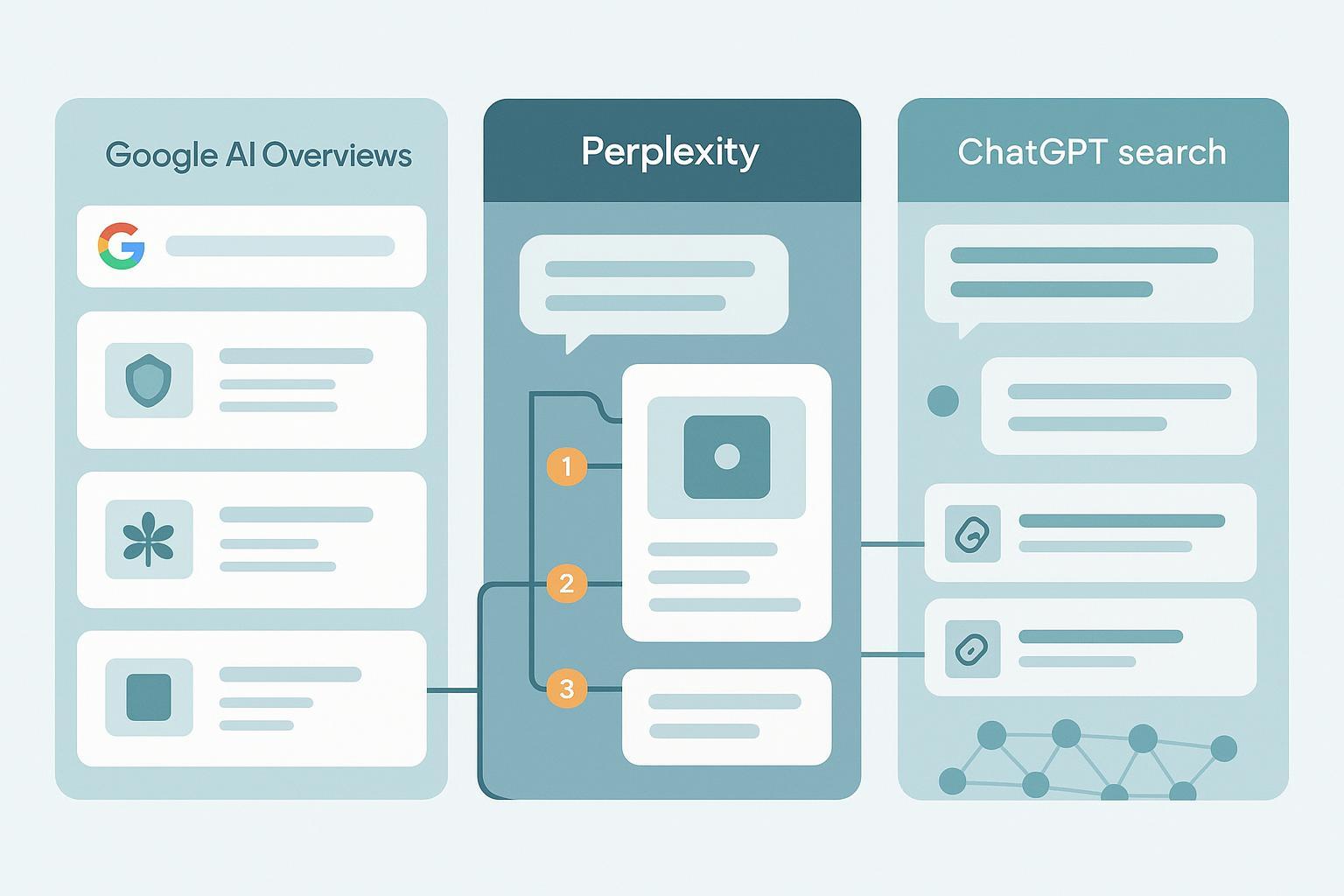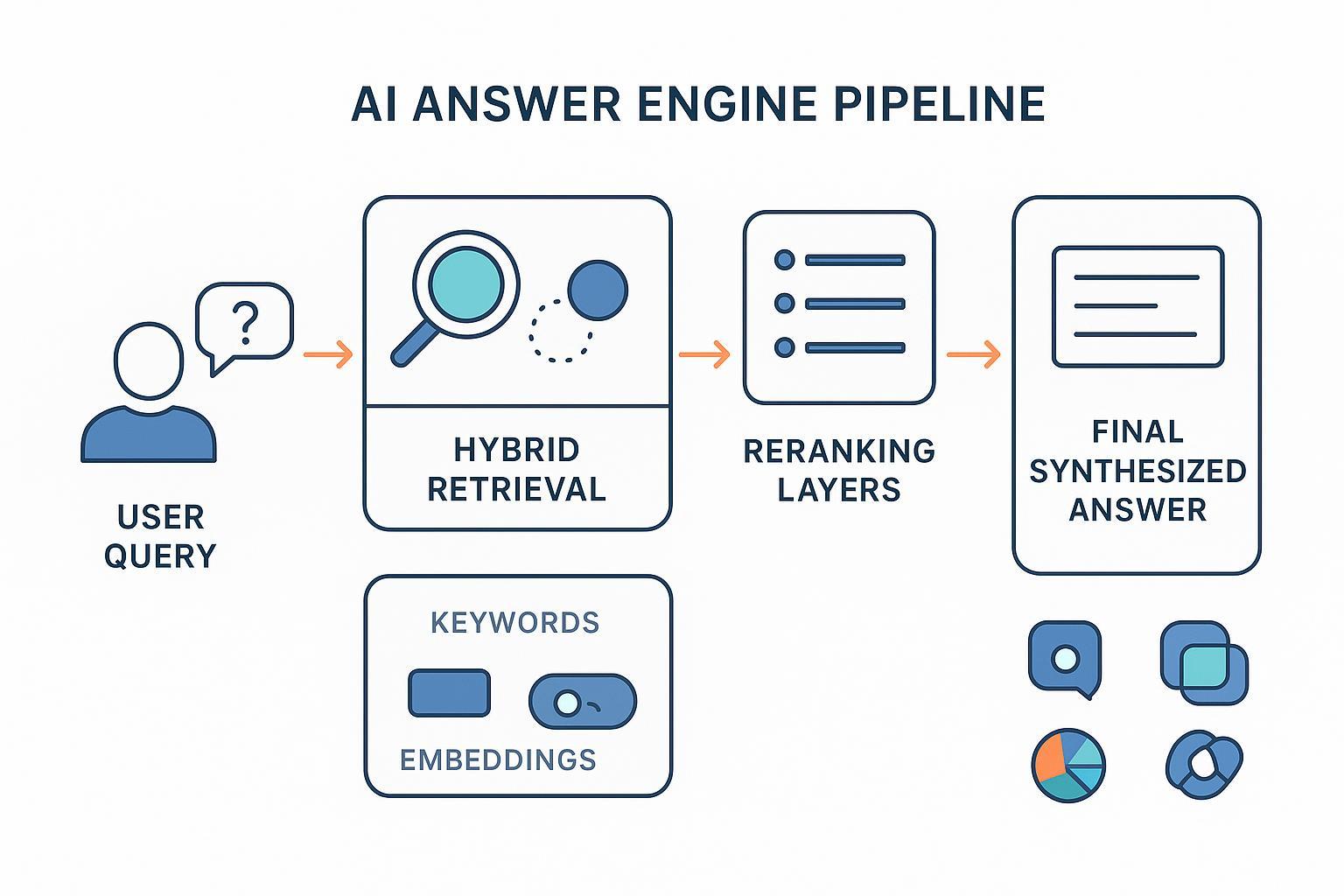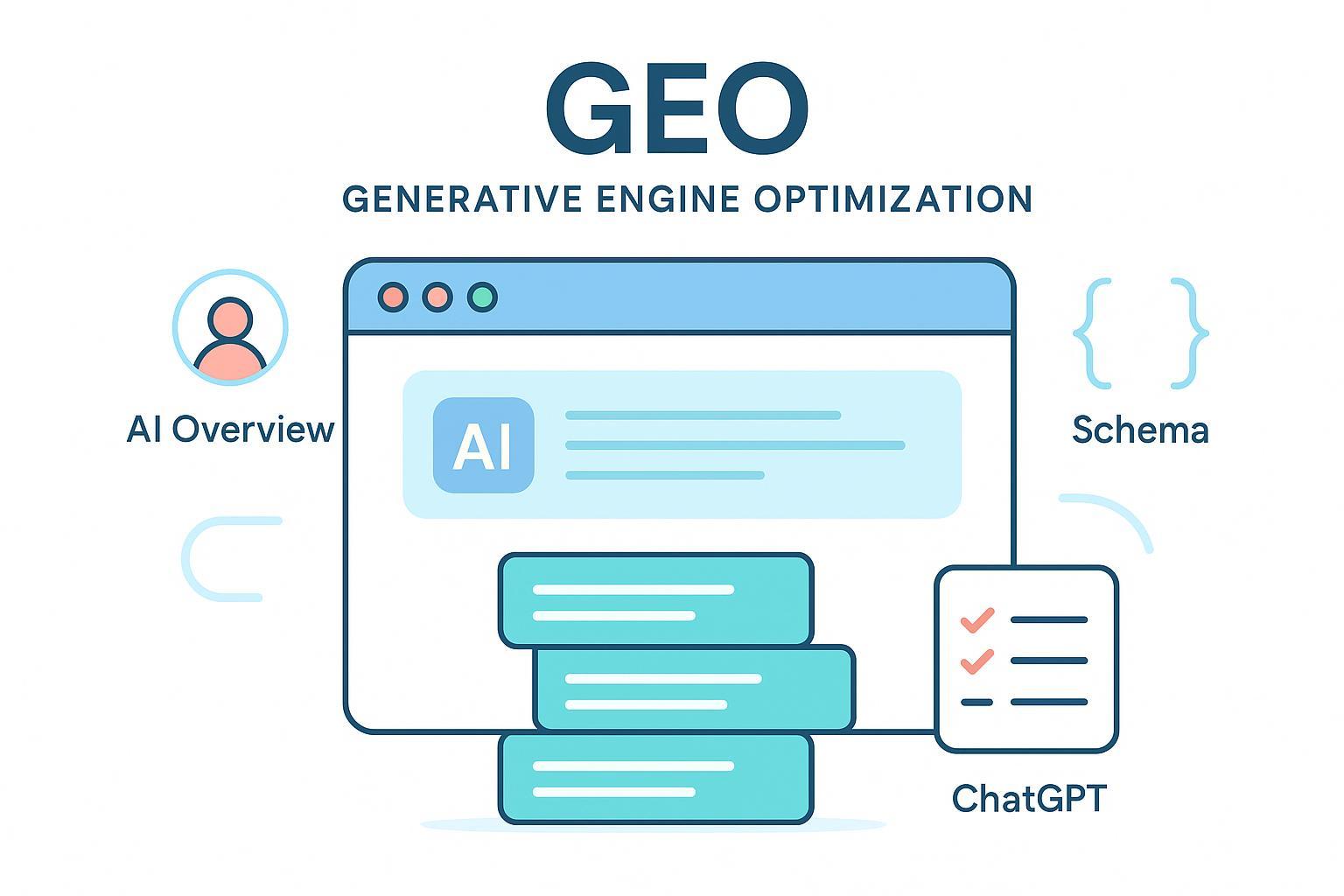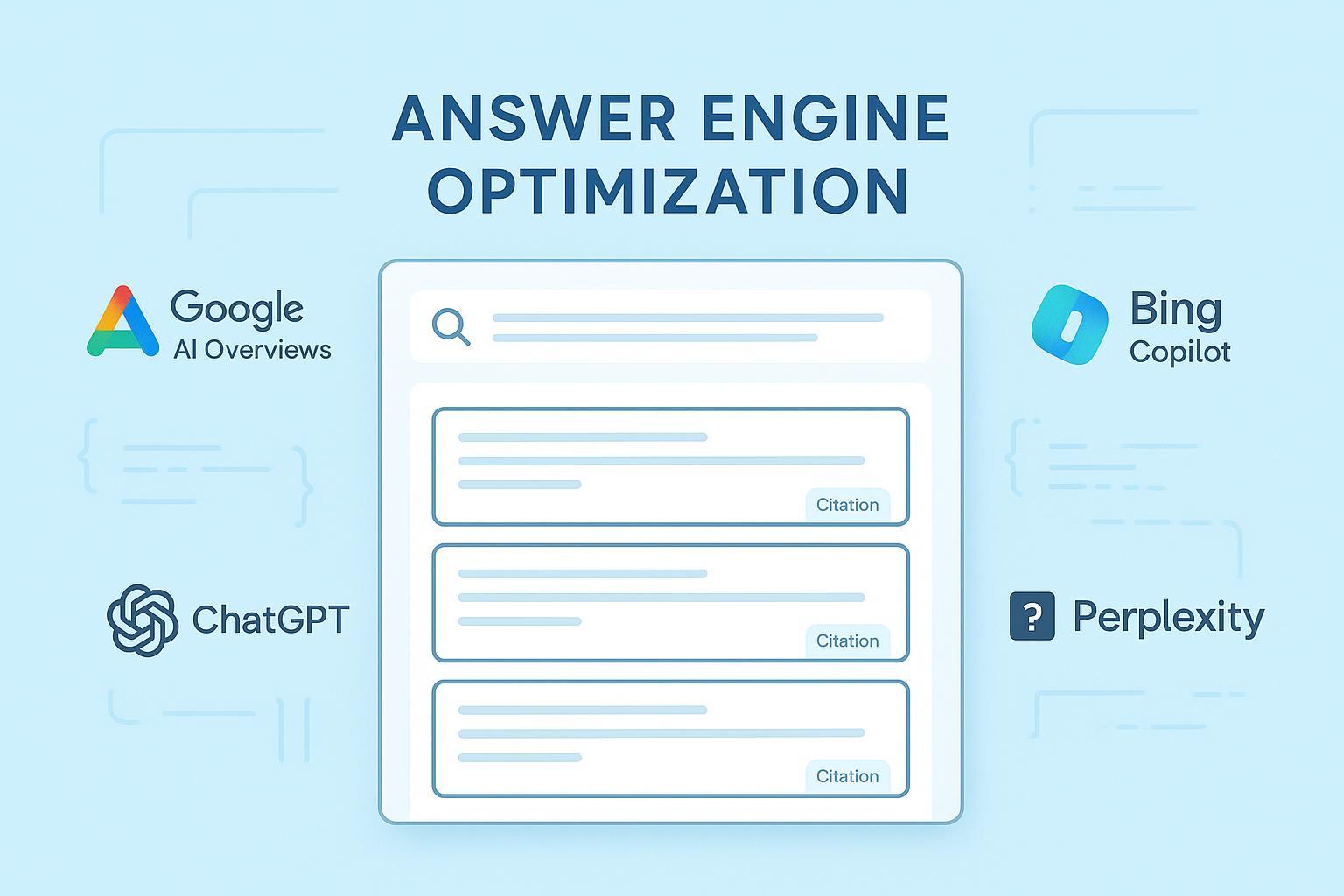GEO Best Practices 2025: Conversational Tone & Stepwise Guides for AI Search
Discover essential conversational tone and step-by-step guide strategies for GEO success in AI-driven search platforms. Actionable workflow for brands and SEO professionals—updated for 2025.

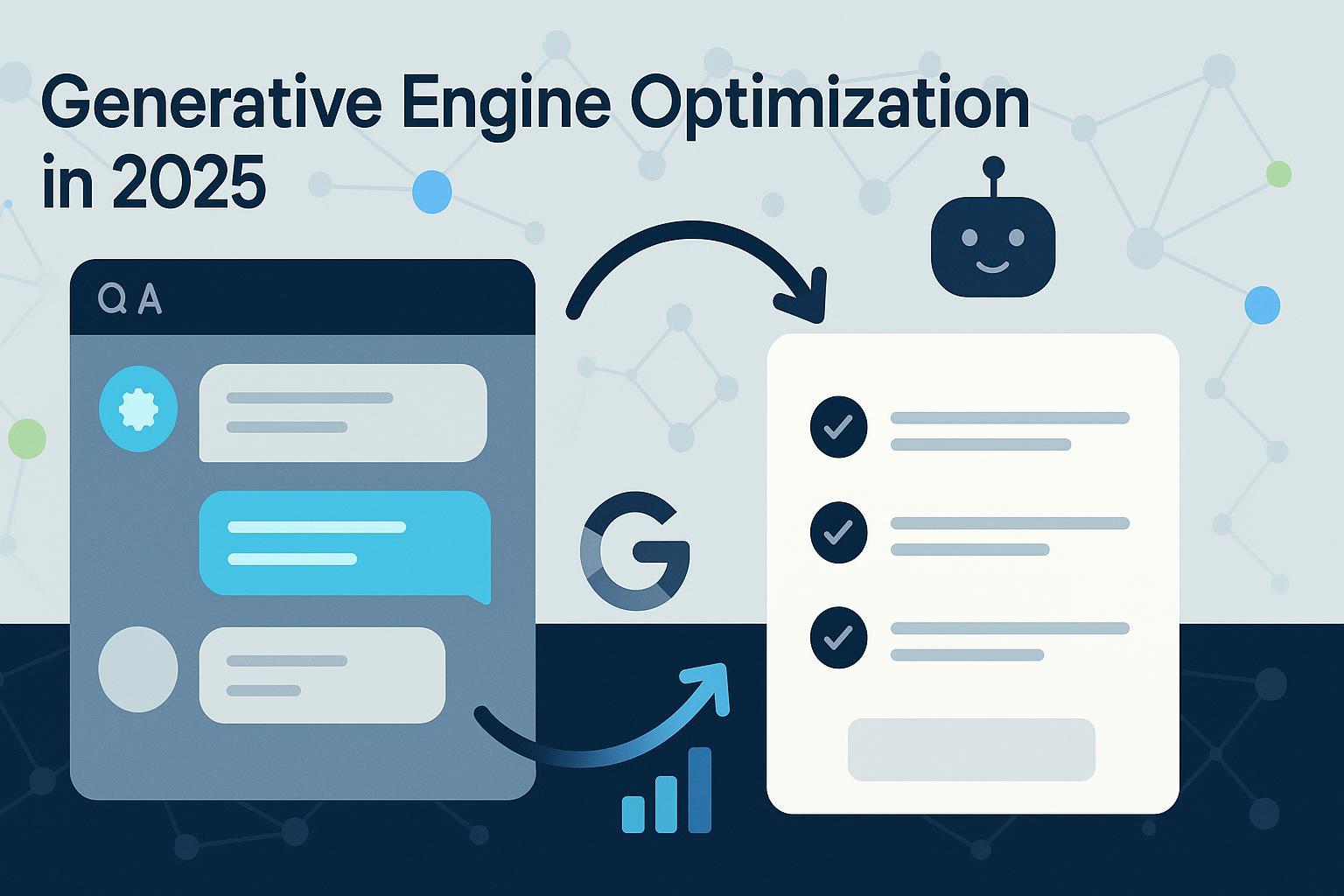
If you’ve watched your organic clicks wobble in 2025, you’re not alone. AI Overviews are appearing for a growing share of queries—Semrush observed they triggered on 13.14% of searches in March 2025 in the U.S., up from 6.49% in January, as reported in the Semrush 2025 AI Overviews study. Multiple cohort studies suggest that when an AI Overview shows, classic blue‑link CTR drops; Amsive’s analysis of roughly 700,000 keywords (2025) found average declines of 15.49%, with non‑branded terms faring worse in many cases, per the Amsive 2025 CTR research on AI Overviews.
The practical response isn’t to panic—it’s to write for how generative engines actually parse and present information. Two levers consistently improve inclusion and citations in AI answers:
- A genuinely conversational tone that maps to multi‑turn, follow‑up‑friendly intent.
- Clear, step‑by‑step structures that make extraction accurate and low‑risk for the model.
Below is a practitioner’s playbook to implement both—without over‑promising what current evidence can’t support.
Why a conversational tone works in AI search
Google’s 2025 guidance for AI search emphasizes clarity, comprehensive coverage, and strong experience/authority signals, while acknowledging conversational, multi‑turn behavior in AI Mode. See Google’s official recommendations in Google Search Central’s “Succeeding in AI search” (May 21, 2025) and the technical overview of AI features in Google’s “AI features and your website”.
In practice, conversational tone helps because:
- It anticipates follow‑ups. You write the next natural question before the user asks it.
- It reduces ambiguity. Colloquial clarifications (“in plain English…”, “here’s the short version…”) make extraction safer.
- It improves answer coherence. Models favor concise, self‑contained explanations over jargon‑dense, hedged paragraphs.
Quick example (same fact, different tone):
- Robotic: “GEO is the optimization of digital assets for generative engines to maximize visibility in synthesized responses.”
- Conversational: “GEO is about helping AI assistants find, trust, and quote your content inside their answers—think ChatGPT, Google’s AI Overviews, and Perplexity.” If you need a primer, here’s a deeper definition of What is Generative Engine Optimization (GEO)?
When paired with explicit sourcing and author credentials, this style also strengthens EEAT signals that Google highlights in 2025 guidance.
Why step‑by‑step guides still matter after HowTo deprecation
In 2025, Google deprecated HowTo rich results and restricted FAQ rich results (mostly to authoritative government/health sites). That’s documented in Google’s “Simplifying the search results page” (June 2025) and the FAQPage structured data notes. Step‑by‑step formats, however, remain highly effective for generative engines because they:
- Provide numbered, logically ordered actions—easy for LLMs to extract and paraphrase.
- Create “answer blocks” the model can safely quote without losing context.
- Help users act, which often yields better engagement on the clicks you do earn.
Implementation adjustments for 2025:
- Use headings and numbers, not deprecated HowTo schema. Keep steps short (2–4 lines each).
- Mark up only supported schema types accurately (Article, Product, Review) and validate in the Structured data introduction from Google Search Central.
- Include a compact “At a glance” block with prerequisites, tools, and expected outcomes.
An end‑to‑end GEO workflow you can run this month
The following workflow focuses on conversational tone and stepwise formatting while meeting 2025 technical realities.
- Define the entity and the job‑to‑be‑done
- Clarify the core entity (product, concept, person, problem) and its attributes.
- Document user intents and follow‑ups you want to satisfy (problem → solution → proof → next steps).
- Map related entities (synonyms, competitors, categories) and disambiguators (industry, region).
- Research conversational queries and follow‑ups
- Collect how real users phrase questions (“What’s the fastest way to…”, “Is it safe to…”, “Could I use X instead of Y?”).
- Cluster questions by journey stage; draft likely follow‑ups for each cluster.
- Capture objections and edge cases users bring up in forums and support logs.
- Outline with answer‑first, then write conversationally
- Start each section with a one‑sentence answer, then unpack details.
- Use first/second person where appropriate: “Here’s what I’d do if I were you.”
- Keep paragraphs short; prefer verbs and active voice; define acronyms on first use.
- Add EEAT signals and transparent sourcing
- Name a qualified author and add a 2–3 line credential footnote or author box.
- Cite primary sources inline with concise, descriptive anchors and the year.
- Include a short “methodology” note if you reference your own data.
- Format as step‑by‑step with extractable blocks
- Use numbered steps and call out prerequisites, tools, and outputs.
- Add a mini‑FAQ or “common mistakes” after the steps—the questions AI is likely to include.
- Provide alt text for images and captions that restate the key fact in plain language.
- Add supported structured data and validate
- Use only supported schema types; keep it accurate and visible to users.
- Validate with Google’s Rich Results tools; avoid spammy or invisible markup.
- Ensure entity consistency (name, brand, authors) across pages and profiles.
- Promote and earn corroboration
- Publish original checklists, datasets, or visuals others will cite.
- Pitch relevant journalists/analysts; third‑party citations strengthen entity trust. For why PR matters in AI search, see Search Engine Land’s 2025 analysis on PR and AI visibility.
- Keep brand naming consistent; use the same canonical brand/entity references.
- Monitor AI visibility and iterate
- Track which pages get cited in AI answers and what phrasing is being extracted.
- Compare AI referrals vs traditional organic and adjust answer blocks accordingly.
- Example tool workflow: Use Geneo to monitor brand mentions, AI citations across platforms, and sentiment, then feed findings into your editorial backlog. Disclosure: Geneo is our product.
Iteration cadence: Review key pages monthly; ship minor revisions bi‑weekly when you see misquoted steps or missing follow‑ups.
Prompting and templates you can copy
Conversation‑first outline prompt (for your team or an LLM assistant):
- “You are an editor optimizing for AI search (Google AI Overviews, Chat assistants). Draft an outline that starts with a one‑sentence answer for each section, followed by 3–5 short, numbered steps. Include 5 likely follow‑up questions a user would ask next. Keep wording friendly and direct.”
Step‑block template for extraction:
- Answer in one sentence: “In 48 hours, you can do X by completing three steps.”
- Steps:
- Do A (prerequisite: …; tool: …; expected output: …)
- Do B (risk: …; checkpoint: …)
- Do C (evidence link: …)
- Mini‑FAQ: “What if I don’t have …?”, “Is there a cheaper option?”, “When should I stop?”
Editorial QA checklist (ship‑readiness):
- Is every section answer‑first and written conversationally?
- Are steps numbered, short, and unambiguous?
- Do we cite the primary source for every external fact (with year)?
- Did we validate schema and ensure author credentials are visible?
- Did we include likely follow‑ups and a mini‑FAQ?
A quick walk‑through: turning a static explainer into a GEO‑ready guide
Scenario: You have a dense 1,800‑word explainer on optimizing product images.
Before:
- Paragraphs are long; tone is formal and hedged.
- Few clear answers; lots of theory.
- Steps are buried; no explicit outputs or checkpoints.
After (GEO‑ready):
- Open with a one‑sentence result: “To cut load time and boost AI extractability, convert images to next‑gen formats and describe them in plain‑language alt text.”
- Provide 5 numbered steps, each 2–4 lines, with prerequisites/tools/outputs.
- Add a mini‑FAQ focused on practical constraints: budgets, CMS limits, DAM workflows.
- Insert one evidence call‑out linking to the canonical documentation for structured data and validation processes—grounding claims in 2025 realities noted by Google in the structured data intro and their AI search guidance.
- Author box credits a practitioner; include a one‑line methodology if you cite your own tests.
Measurement plan:
- Baseline AI citations/mentions for the page; track monthly after publication.
- Record the exact phrasing AI extracts; align your answer blocks to that wording over time.
- Watch organic and AI‑referral deltas together. Some teams report higher post‑click engagement from AI referrals in 2025 due to better pre‑click intent formation; see the 2025 overview on tracking AI traffic patterns in the Coupler AI referral traffic analysis.
Limitations to keep in mind:
- Public, screenshot‑backed case studies attributing uplift solely to conversational/stepwise rewrites are scarce. Treat your tests as directional and iterate.
Advanced tactics that compound results
- Entity‑first organization. Define entities and attributes consistently in copy and in structured data. This helps LLMs resolve ambiguity and group your coverage. For practical framing, see the 2025 guidance on content organization in Search Engine Land’s AI search organizing framework.
- Author credibility and sourcing. Add real qualifications, link author profiles, and cite original sources with years. Google reiterates the value of experience and transparency in its 2025 AI search advice referenced earlier.
- PR for corroboration. Original research, benchmarks, or calculators that others cite can boost the likelihood you’re quoted by AI surfaces; SEL’s 2025 perspective on PR’s role is a helpful primer (linked above).
- Multimodal support. Where it helps users act, add an annotated screenshot or short clip. Use descriptive alt text that restates the key instruction in plain language so models can lift the fact cleanly.
- Guardrails and governance. Keep a log of known risks and limitations, including bias considerations in examples and inclusive language standards. Avoid inventing numbers or over‑claiming causality.
Common pitfalls and how to avoid them
- Writing “chatty fluff.” Conversational doesn’t mean vague. Keep verbs strong and sentences tight.
- Over‑engineering schema. With HowTo deprecated and FAQ restricted, misuse of unsupported markup can harm trust. Stick to supported types and validate, per Google’s 2025 notes on simplifying search results.
- Ignoring follow‑ups. If you don’t pre‑answer likely questions, AI will lift someone else’s explanation.
- Walls of text. Long, hedged paragraphs reduce extractability and user action.
- No monitoring loop. If you aren’t watching AI citations and referrals, you can’t iterate the phrasing models prefer.
GEO mini‑audit you can run this week
Pick one core page and score each item 0–2 (0 = missing, 1 = partial, 2 = solid):
- Answer‑first section openings; tone is direct and helpful.
- Clear 3–7 step blocks; each step ≤ 4 lines with explicit outputs.
- EEAT: visible author credentials, transparent sources with years.
- Structured data: only supported types; validated.
- Entity clarity: consistent names/attributes; cross‑page coherence.
- Follow‑ups: mini‑FAQ with 4–6 likely questions.
- Multimodal: descriptive alt text; captions reinforce facts.
- Monitoring: plan to track AI citations and referrals; iterate monthly.
Score ≥ 12/16 and ship. If below, fix the biggest gaps first: answer‑first intros, step blocks, and follow‑ups.
What this means for your roadmap
- Reformat cornerstone pages into conversational, stepwise guides; begin with those that map to complex, multi‑part queries.
- Add author boxes and methodology notes where you present data.
- Publish one original asset per quarter (study, calculator, benchmark) that merits third‑party citations.
- Establish an AI visibility review each month; ship small copy edits to align with extracted phrasing.
- Keep learning—see the Geneo blog for ongoing GEO coverage and how teams are adapting processes in 2025.
References cited inline
- Google Search Central, “Succeeding in AI search” (2025) and “AI features and your website” (ongoing).
- Google Search Central, “Simplifying the search results page” (2025) and structured data intro.
- Semrush, AI Overviews study (2025); Amsive, CTR impact analysis (2025).
- Search Engine Land, PR’s role in AI visibility (2025) and content organization for AI search (2025).
- Coupler, AI referral traffic analysis (2025).


